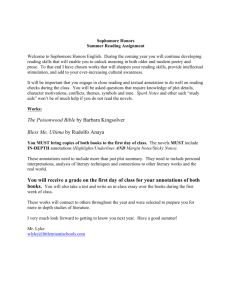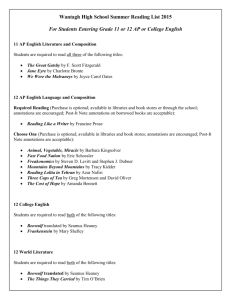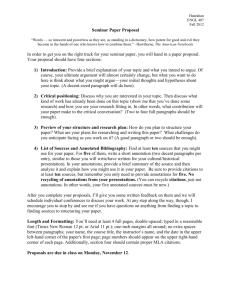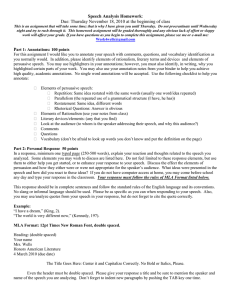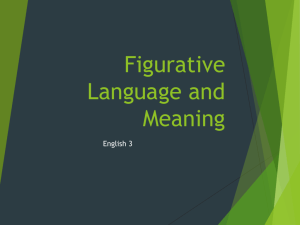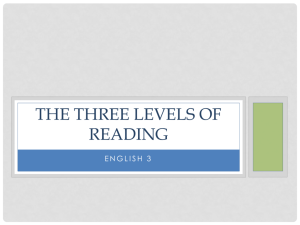one-page rubric
advertisement
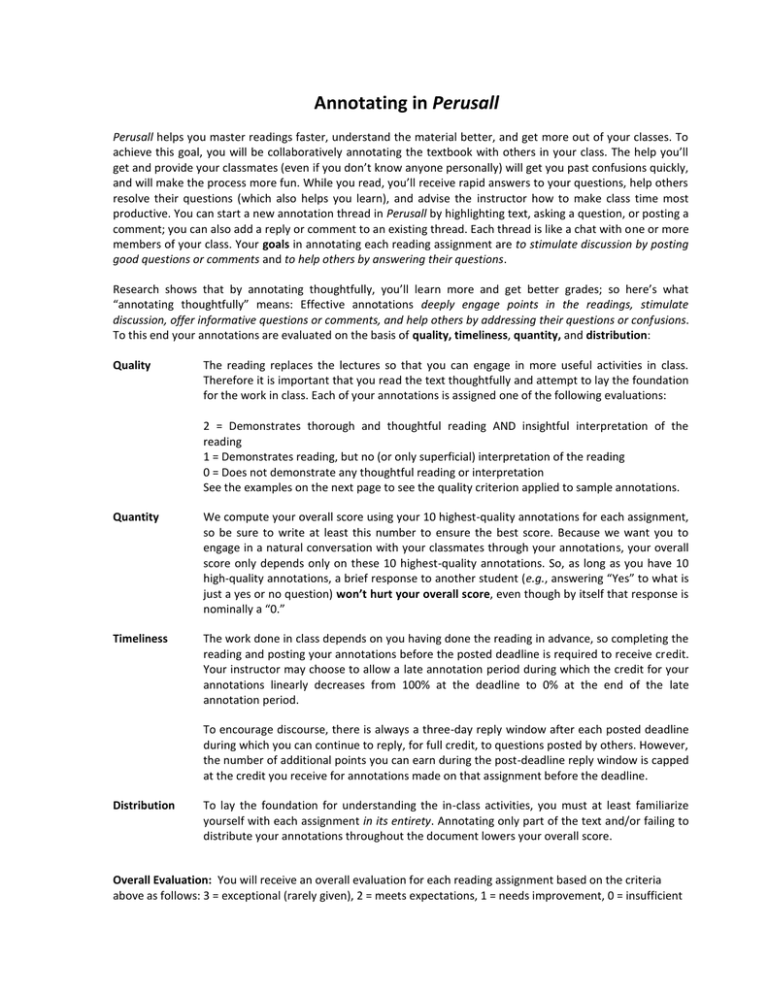
Annotating in Perusall Perusall helps you master readings faster, understand the material better, and get more out of your classes. To achieve this goal, you will be collaboratively annotating the textbook with others in your class. The help you’ll get and provide your classmates (even if you don’t know anyone personally) will get you past confusions quickly, and will make the process more fun. While you read, you’ll receive rapid answers to your questions, help others resolve their questions (which also helps you learn), and advise the instructor how to make class time most productive. You can start a new annotation thread in Perusall by highlighting text, asking a question, or posting a comment; you can also add a reply or comment to an existing thread. Each thread is like a chat with one or more members of your class. Your goals in annotating each reading assignment are to stimulate discussion by posting good questions or comments and to help others by answering their questions. Research shows that by annotating thoughtfully, you’ll learn more and get better grades; so here’s what “annotating thoughtfully” means: Effective annotations deeply engage points in the readings, stimulate discussion, offer informative questions or comments, and help others by addressing their questions or confusions. To this end your annotations are evaluated on the basis of quality, timeliness, quantity, and distribution: Quality The reading replaces the lectures so that you can engage in more useful activities in class. Therefore it is important that you read the text thoughtfully and attempt to lay the foundation for the work in class. Each of your annotations is assigned one of the following evaluations: 2 = Demonstrates thorough and thoughtful reading AND insightful interpretation of the reading 1 = Demonstrates reading, but no (or only superficial) interpretation of the reading 0 = Does not demonstrate any thoughtful reading or interpretation See the examples on the next page to see the quality criterion applied to sample annotations. Quantity We compute your overall score using your 10 highest-quality annotations for each assignment, so be sure to write at least this number to ensure the best score. Because we want you to engage in a natural conversation with your classmates through your annotations, your overall score only depends only on these 10 highest-quality annotations. So, as long as you have 10 high-quality annotations, a brief response to another student (e.g., answering “Yes” to what is just a yes or no question) won’t hurt your overall score, even though by itself that response is nominally a “0.” Timeliness The work done in class depends on you having done the reading in advance, so completing the reading and posting your annotations before the posted deadline is required to receive credit. Your instructor may choose to allow a late annotation period during which the credit for your annotations linearly decreases from 100% at the deadline to 0% at the end of the late annotation period. To encourage discourse, there is always a three-day reply window after each posted deadline during which you can continue to reply, for full credit, to questions posted by others. However, the number of additional points you can earn during the post-deadline reply window is capped at the credit you receive for annotations made on that assignment before the deadline. Distribution To lay the foundation for understanding the in-class activities, you must at least familiarize yourself with each assignment in its entirety. Annotating only part of the text and/or failing to distribute your annotations throughout the document lowers your overall score. Overall Evaluation: You will receive an overall evaluation for each reading assignment based on the criteria above as follows: 3 = exceptional (rarely given), 2 = meets expectations, 1 = needs improvement, 0 = insufficient

